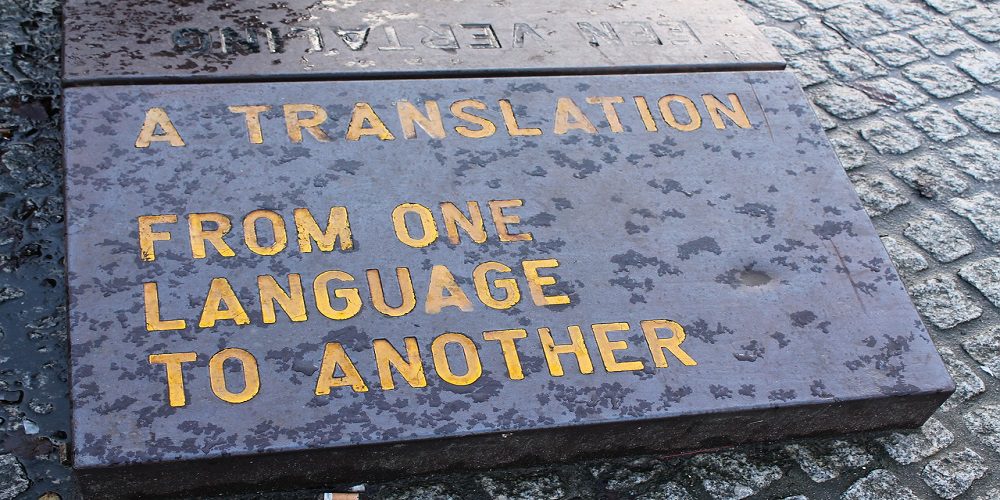In our increasingly interconnected world, effective communication across language barriers has become paramount. Whether it’s bridging the gap between business partners, understanding cultures during travel, or simply conversing with someone from a different corner of the globe, accurate language translation is key. Thankfully, we now have an array of digital tools at our fingertips that are revolutionizing the way we communicate globally. In this blog post, we will dive into these language translation tools and explore how they are transforming the digital landscape to make efficient and seamless communication possible for everyone. So buckle up as we embark on a journey through the exciting world of language translation in the digital age.
What is Language Translation?
There are many tools available that can be used to facilitate efficient communication in a foreign language. Each tool offers its own set of benefits and drawbacks, so it is important to select the right one for the specific needs of the translation project.
One popular option for translating text is Google Translate. This service offers automated translations between multiple languages, as well as a wide variety of add-ons that can be used to improve accuracy or efficiency. However, Google Translate is not perfect and may not always provide accurate translations.
Another good option for translation is Microsoft Word’s translate feature. This service provides automatic translation between different languages, but it may not be as accurate as Google Translate and requires more manual input from the translator.
translators often prefer tools that automate their work, while others find value in more manual approaches. It is important to determine which type of translator will be using the tool in order to ensure an optimal experience.
Tools for Language Translation
There are countless tools for language translation, and it can be overwhelming to know where to start. Exploring the world of language translation tools can be overwhelming, especially if you’re looking to refine specific language skills, such as how to pronounce English words effectively or learn a specific vocabulary.
For a comprehensive guide to all the available translation tools, check out our sister blog, The Translation Café. Here, we’ll focus on five of our favorite options for both online and offline use: Translate Online, Google Translate, Babelfish, Microsoft Translator (Word), and Google Text-to-Speech.
Translate! Online is easy to use – just type in the text you want to translate and the program will automatically search for the best possible match in your target language. You can also add user-generated helper translations if you need them.
Translation Process
A translation process requires a great deal of coordination and communication between the source and target language translators. In order to make the task as smooth and efficient as possible, it is important to have tools available that can help with the translation process.
There are many different types of translation tools available on the internet, but some of the most popular include Google Translate, Babelfish, and Microsoft Translator. Each of these tools offer different features and capabilities, so it is important to choose one that will best suit your needs.
Google Translate is perhaps the most well-known translation tool on the web, and for good reason. It is free to use and can handle a wide variety of translations tasks from basic text translations to more complex machine translations.
Babelfish is a free translation service that uses a lot of algorithmic translations rather than human translators. This means that Babelfish can be faster than some other translation services when it comes to translating large chunks of text, but it may not be as accurate in some cases.
Microsoft Translator is another popular translator option on the market. It offers a wide range of features including support for voice recognition and spell checking, so it is perfect for use in businesses that need to communicate with foreign customers using multiple languages.
There are a variety of options available when it comes to language translation tools, so it is crucial to choose one that will meet your specific needs. By using these tools to help with the translation process, you can ensure that the translation is done correctly and quickly.
Conclusion
Translation is an important part of international business and can help to boost efficiency when it comes to dealings with other companies. There are many different translation tools available, so it can be hard to decide which one is the best fit for your needs. This article discusses some of the key advantages and disadvantages of each type of translator, so you can make an informed decision about the best language translation tool for you.





























